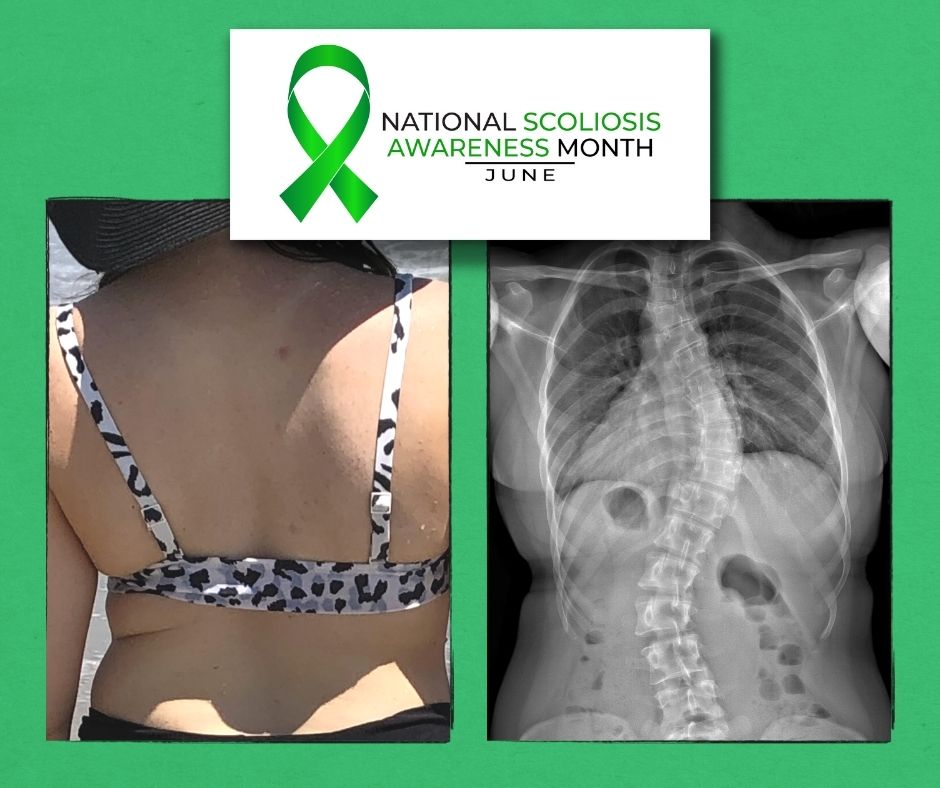“It is important to screen for scoliosis in all children,” says Luke Stikeleather, President, and Founder of National Scoliosis Center. “Early detection can mean the difference between a child wearing a brace, versus a child needing spinal fusion surgery,” continues Stikeleather.
Scoliosis is defined as an abnormal curvature of the spine with curves measuring greater than 10 degrees being considered scoliosis. While scoliosis can be congenital or associated with a neuromuscular disease, approximately 85% of scoliosis cases are deemed idiopathic, meaning that there is no definitive cause.
Six to nine million Americans have spinal curves. Thankfully, the majority of these curves are minor, require only monitoring by a doctor, and have zero impact on the life of the individual. Bracing is typically recommended for curves that progress beyond 20 degrees or more, and larger curves (over 50 degrees) may require surgery.
The onset of scoliosis is usually diagnosed between the ages of 10 and 15 years, although the condition may develop in infancy or early childhood (National Scoliosis Foundation). When caught early, scoliosis is treatable without surgery, highlighting the importance of screening at home, at school, or by your pediatrician.
To screen for scoliosis, first, have your child stand up comfortably with their feet forward and their knees straight. While standing behind your child, look for any of the following:
- A visible “S” curve
- Ribs sticking out farther on one side
- Child appears to lean to one side and the head can look to be off-center
- Shoulders, hips, or waist look uneven
- One shoulder blade protrudes or pops out further than the other
Next, have your child do the Adam’s Forward Bend Test by having them bend forward and hang their arms/hands downward. While still standing behind your child, view their back at eye level and look for a prominence or a hump on one side.
If you identify any of the above characteristics, contact your pediatrician.
